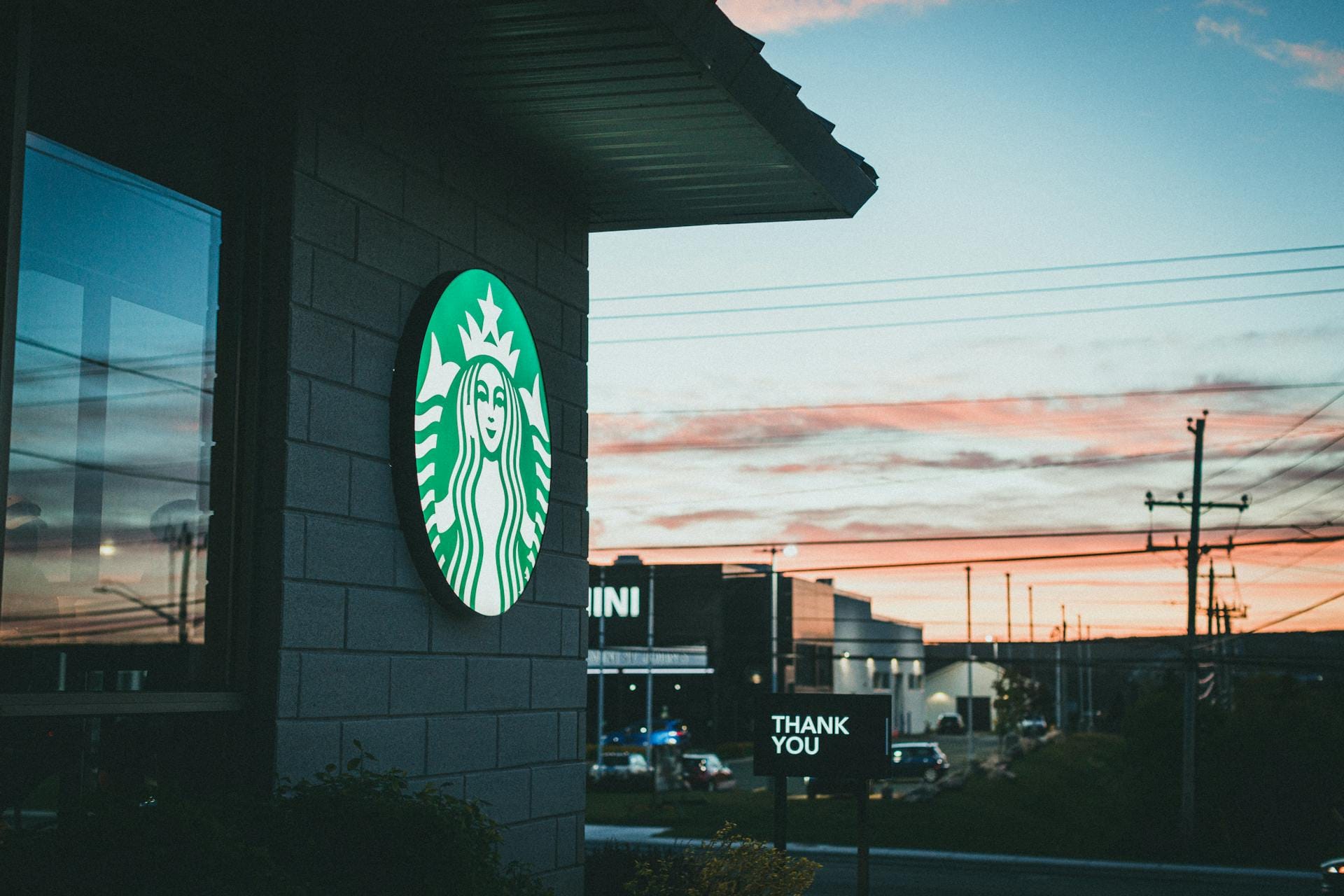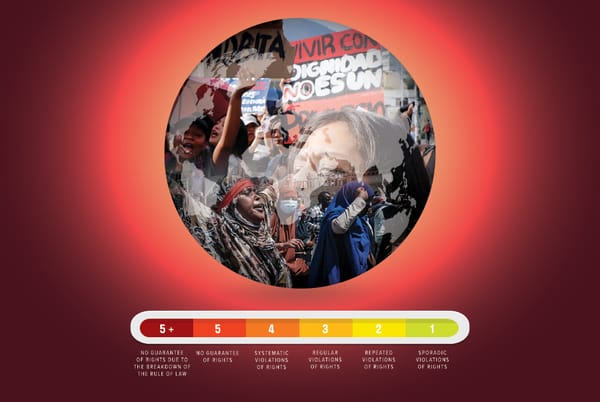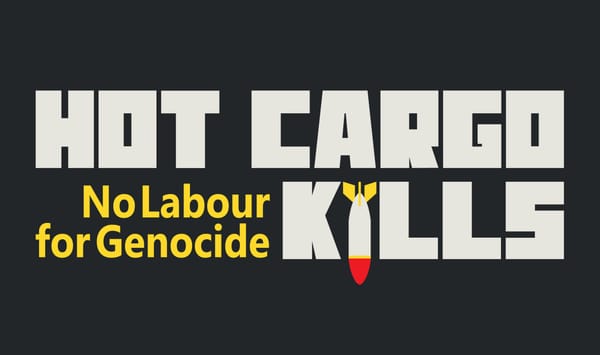
In late February, Starbucks and Workers United agreed to negotiate a “foundational framework” for bargaining union contracts in the United States. Following more than two years of company resistance, the announcement represents a major breakthrough in the battle to organize Starbucks.
In April, representatives from the company sat down with 150 union members for the first meeting in Atlanta, with many more workers joining virtually.
What the agreement may mean for Canadian Starbucks workers who have already begun securing union contracts is less clear. If this latest development enables American Starbucks workers to more easily secure collective agreements — or to eventually bargain a national master agreement — union members in Canada could seek to replicate the framework here.
Under the terms of the agreement, Starbucks and Workers United will establish a framework for new organizing and set terms for the negotiation of contracts on a store-by-store basis in the U.S. Settling outstanding legal disputes will also form part of the “foundational framework” negotiations, though it’s uncertain what disputes exactly will be settled.
As a “sign of good faith,” the company agreed to extend to union members the same benefits as non-union employees, such as customer tipping options. Starbucks Workers United previously characterized the company’s policy of providing special benefits to non-union workers as a union avoidance tactic and filed complaints against the company with the U.S. National Labor Relations Board (NLRB). In Canada, the United Steelworkers (USW) — who have organized Starbucks locations in several cities — have successfully filed similar complaints against the coffee chain.
Since December 2021, when workers in Buffalo, N.Y., became the first to organize a U.S. Starbucks location, “partners” at 415 of the company’s roughly 9,600 company-operated locations have unionized. However, American workers have yet to negotiate a collective agreement at any of these stores.
As union organizing at Starbucks has spread across North America, the company has faced mounting allegations of unlawful labour practices. Starbucks Workers United has filed hundreds of complaints with the NLRB over the company’s conduct during the past nearly three years of organizing, including illegally firing union supporters and organizers. The Board and several courts have ruled that Starbucks violated the law, though the company is now fighting one of these findings all the way to the U.S. Supreme Court.
Given the company’s reluctance to negotiate, the commitment to move ahead with collective bargaining was celebrated by many activists and commentators as a significant victory. This is undoubtedly true. Until now, Starbucks has refused national contract discussions, instead insisting on bargaining at each store separately.
The negotiated framework may also see Starbucks concede to a less antagonistic approach to new organizing at other corporate-owned stores in the U.S. Moreover, by easing the path to bargain, the new deal could also incentivize organizing at additional locations.
In Canada, workers in Victoria certified the first union at Starbucks with the USW in August 2020. Since then, USW has organized several other Starbucks locations in British Columbia, Alberta and Ontario. The most recent store — the Pape and Danforth location in Toronto — unionized in March.
Though it’s also been a “battle to bargain” with Starbucks in Canada, relatively more favourable labour laws have given Starbucks less latitude to delay or avoid negotiating. The Steelworkers have thus managed to secure collective agreements at three of the organized Canadian stores: Victoria, Calgary and Sherwood Park, Alta.
Should the American framework that eventually emerges from the current talks maintain store-by-store bargaining without a strong national framework, its implications for Canada may be slight. With collective agreements already inked, new union members at Starbucks locations here have template contracts to draw upon and extend across stores. However, if Starbucks Workers United is able to push the company in the direction of a national master agreement, this could provide an opportunity for USW to do something similar in Canada.
American Starbucks union members had a national committee and a set of priority bargaining areas and proposals prior to this new deal. The challenge will be securing these gains as a national collective agreement, while still leaving space for individual stores to address their specific issues.
Although the company seems to insist on bargaining contracts at the level of individual stores, the “foundational framework” could set the stage for a master collective agreement covering all unionized Starbucks locations in the U.S.
Setting a strong floor through a national agreement is exceedingly important. North American labour law, often referred to as the Wagner Model, makes organizing and bargaining in small workplaces difficult. The model was designed for large manufacturing and mining establishments, not small retail outlets with hundreds or even thousands of locations.
When it comes to bargaining a contract with a company like Starbucks, workers in a single store have limited power on their own. If bargaining fails, workers might threaten to strike. But as one store among hundreds (or thousands in the U.S.), a strike poses little economic threat to the company.
Typically, the policy proposal to address the difficulty of bargaining across dispersed workplaces like those in the service sector has been sectoral bargaining, where a union or a coalition of unions bargains agreements with a group of employers covering an entire sector. While this is common in many European countries, we have little experience with it in North America, though the idea is gaining momentum.
A “half-measure” would allow unions to apply to consolidate bargaining units. This way, newly organized shops wouldn’t be required to bargain a new contract but simply be included in the existing unit. Such an approach would be more workable with a national agreement in place. Moreover, because Starbucks directly owns many of its locations, rather than franchising stores to small business owners, a national framework faces fewer obstacles. Indeed, as Brian Callaci argues, the corporate structure of Starbucks may have made it more vulnerable to a union organizing campaign.
For now, the outcome of the framework negotiations remains uncertain. But workers have scored a big win by forcing Starbucks to the table.
It’s estimated that the coffee giant has spent at least $240 million USD fighting its workers’ union organizing, but this small fortune has proven inadequate to stop the campaign. Relentless organizing on the part of committed workers and union activists brought the company to heel.
In doing so, workers set an example for others in the low-wage service sector. These workplaces can be organized through a combination of rank-and-file activism and financial support from a union committed to organizing.
What’s been missing until now, however, is a process to secure collective agreements. Union members at Starbucks in the U.S. will hopefully soon have this. In the best case scenario, a national master contract can set a standard and encourage workers at non-union stores to organize.
Starbucks workers and union members in Canada should follow these developments closely.
Although Starbucks closed many locations in Canada during the pandemic, over the past year the firm has again been expanding its locations. A national agreement in Canada to unionize more stores would be a game-changer.
Recent Class Struggle Issues
- May 13 | Canadian Artists Are Rising Up Against Hostile Agencies
- May 6 | The Latest Income Survey Is A Story Of Declining Fortunes
- April 28 | Today Is The National Day Of Mourning For Lost Workers
- April 22 | Reviewing The State Of The Labour Market – March 2024







